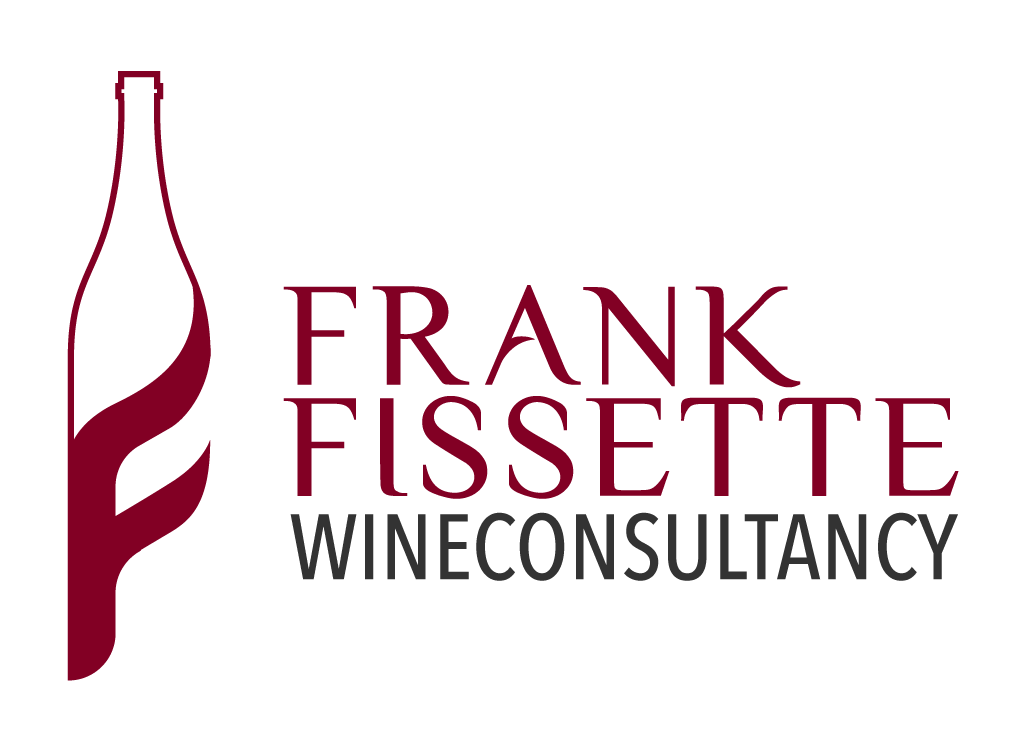Winegrowing geography
The Languedoc vineyard essentially cuts across three French counties [départements], from the Aude to the Gard, passing through the Hérault, extending even to the Western Pyrenees with the new local AOC Languedoc Wine region. This entire geographical zone, hosting 23 Origin Controlled Wines, comprises a total of 40,000 hectares [≈ 100,000 acres]. Needless to say that this vast area stages a wide variety of land types, each one having its own soil, climate and vines, creating various combinations, each one revealing a unique wine.
Many a contrast exists between the harshness of the Pyrenean and Massif Central foothills and the gentleness of the Mediterranean shores. The sea brings sandy, limey or even clayey soils. Where crests and vales emerge, the soil takes on a shale or calcareous clay aspect with vast pebble terraces. The climate here is generally Mediterranean, though the further from the coast, the more we find oceanic characteristics. The Languedoc vineyard reflects such diverse influences. Aside from the more well-known Syrah, Grenache, Mourvèdre and Cinsault grapes, we find other grape types (Cot, Malbec, Chenin and Rolle, for example), only known to a selected few.
Hence, the Languedoc wine-growers realise that they possess abundant soil types, not forgetting that the vineyard has been substantially restructured over the past 30 years in order to encourage typically-Mediterranean grape types alongside an enhanced adaptation of the traditional types, characterisation of the soil types, controlled wine-growing techniques and related research, thereby providing structured and well-balanced wines.
Vineyard
The Languedoc-Roussillon wine area is today certainly the region where the most interesting things happen in terms of the wine-growing industry, not only for the benefit of France, but also for the world over. This wine-growing area is the largest in the world: it extends along the Mediterranean from the Rhône Delta down to the foot of the Pyrenees. It is not only the largest wine-growing region and the most productive in terms of wines in France, but it is also the oldest. Even the various brotherhoods fight to defend this cultural heritage, by promoting the traditions of good food and drink.
Sources: languedoc-wines.com | confrerie-domaines.com

